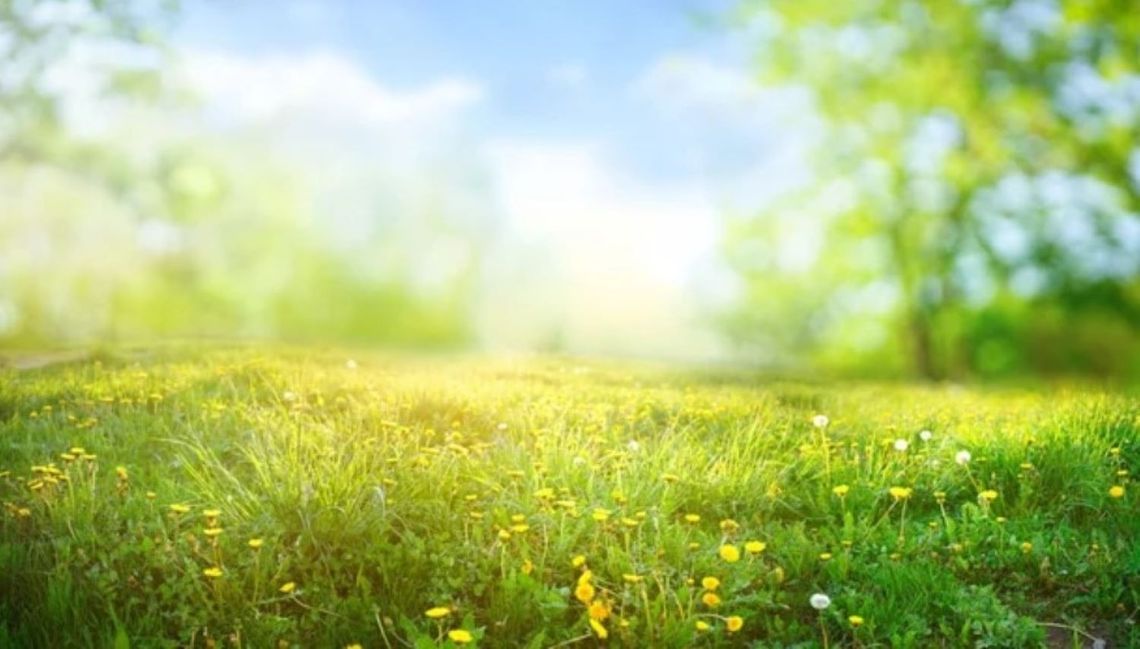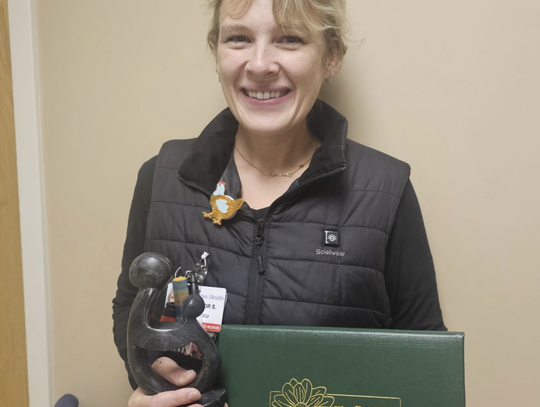Spring Lawn Care Tips from JK Llamas Landscape & Nursery
With warmer temperatures among us, it’s time to start thinking of fresh air, budding blooms, and greener grass—meaning it is time to start giving your yard some attention. To help ensure a happy, healthy yard, bringing it out of winter hibernation is essential. So let us help you get in the spirit of spring!
Lawn maintenance: A healthy, cared-for lawn can be marvelous. Let our fully licensed, insured, and bonded crew provide you and your family with a place to play and relax. We offer weekly and biweekly mowing services, including mowing, edging, and weed eating.
Turning on irrigation systems:
- Check your system’s controller: Clean away debris, check for repairs, and replace batteries if necessary.
- Check sprinkler heads and nozzles: Clean out dirt, check for clogs, clear away debris, and inspect for damage before startup.
- Inspect valves and pipes: Look for leaks or signs of damage in above-ground hardware before turning on your valves. Turn pipes on slowly to introduce water without causing pressure surges.
- Set timers: Turn on your system’s timer to ensure watering occurs on a set schedule.
Thatch: Thatch is a layer of living and dead grass shoots, stems, and roots between the green grass blades and the soil surface. When the thatch layer is more than ¾ inch thick, it can lead to increased pest and disease problems and reduce the oxygen and moisture that reach the soil and grass roots. Thatching removes this thick layer so air, nutrients, and fertilizer can reach the soil better.
Aerate: Aeration removes plugs of soil from your lawn, which helps loosen compacted soil and allows vital air, water, and nutrients to reach the roots. Aerate the lawn when your grass is in its peak growing period so it can recover quickly—think early spring.
Cleanup: A good spring cleanup includes inspecting shrubs, bushes, trees, and other plants for damaged or dead branches. Pruning damaged and dead branches on your trees, bushes, and shrubs helps distribute nutrients to thriving areas. Not only does a good spring cleanup make your yard look nice, but it also prevents disease from spreading deep into the soil and affecting your landscape.
Apply pre-emergent: Timing is critical when applying pre-emergent. In the spring, as the ground heats up, weeds begin to germinate. As weeds germinate, they will grow With warmer temperatures upon us, it's time to start thinking of fresh air, budding blooms, and greener grass—meaning it is time to start giving your yard some attention. To help ensure a happy, healthy yard, bringing it out of winter hibernation is essential. So, let's get in the spirit of spring.
Lawn maintenance: A healthy, cared-for lawn can be marvelous. Let our fully licensed, insured, and bonded crew provide you and your family a place to play and relax. We offer weekly and biweekly mowing services, including mowing, edging, and weed eating.
Turning on irrigation systems:
- Check your system's controller: Clean away debris, check for repairs, and replace batteries if necessary.
- Check sprinkler heads and nozzles: Clean out dirt, check for clogs, clear away debris, and inspect for damage before startup.
- Inspect valves and pipes: Look for leaks or signs of damage in above-ground hardware before turning on your valves. Turn pipes on slowly to introduce water without causing pressure surges.
- Set timers: Turn on your system's timer to ensure watering occurs on a set schedule.
Thatch: Thatch is a layer of living and dead grass shoots, stems, and roots between the green grass blades and the soil surface. When the thatch layer is more than ¾ inch thick, it can increase pest and disease problems and reduce the oxygen and moisture that reach the soil and grass roots. Thatching removes this thick layer so air, nutrients, and fertilizer can reach the soil better.
Aerate: Aeration removes plugs of soil from your lawn, which helps loosen compacted soil and allows vital air, water, and nutrients to reach the roots. Aerate the lawn when your grass is in its peak growing period so it can recover quickly—think early spring.
Cleanup: A good spring cleanup includes inspecting shrubs, bushes, trees, and other plants for damaged or dead branches. Pruning damaged and dead branches on your trees, bushes, and shrubs helps distribute nutrients to thriving areas. Not only does a good spring cleanup make your yard look nice, but it also prevents disease from spreading deep into the soil and affecting your landscape.
Apply pre-emergent: Timing is critical when applying pre-emergent. As the ground heats up in the spring, weeds begin to germinate. As weeds germinate, they will grow into the pre-emergent barrier in the soil and die. Essentially, the pre-emergent kills the weed before it can fully grow and appear in your yard.
Fertilizing: Start the growing season off right by giving your grass the nutrition it needs after a long winter. Your first feeding should be in early spring. Fertilizing your lawn gives it the nutrients needed to grow thick and green. It also helps the grass establish deep roots so it will stand up stronger to heat and drought later in the growing season.
Visit J&K LLamas Landscape & Nursery at 3981 Reno Hwy Fallon or contact them at [email protected] or 775-423-8699.










Comment
Comments